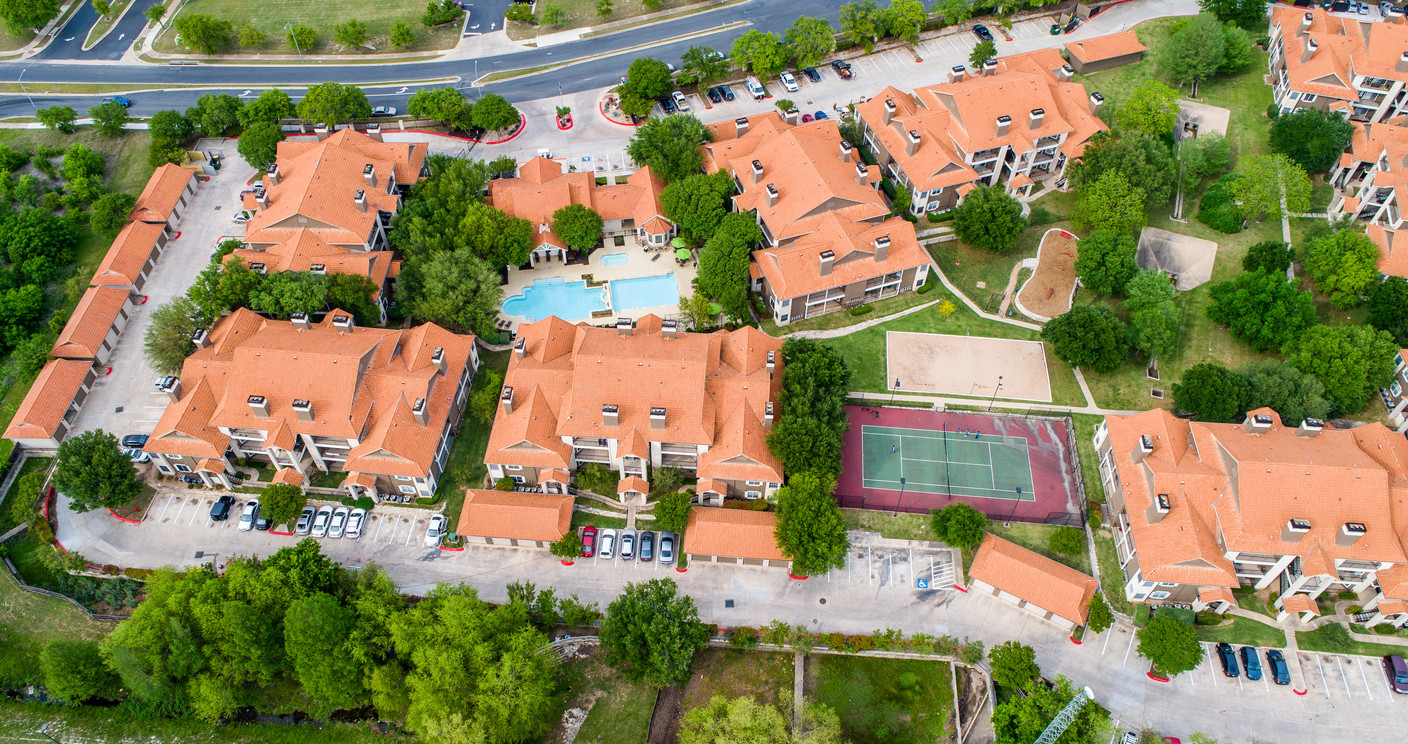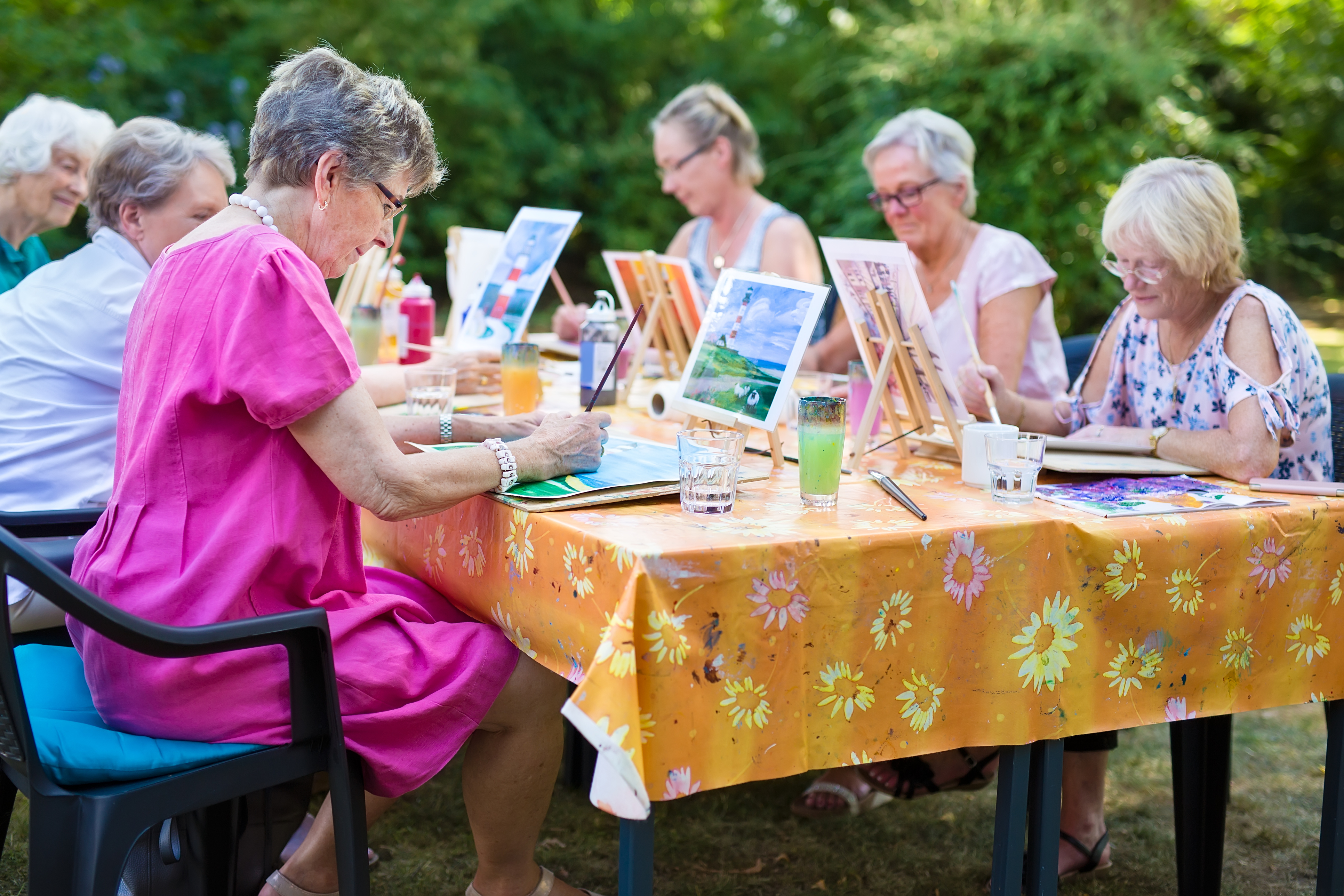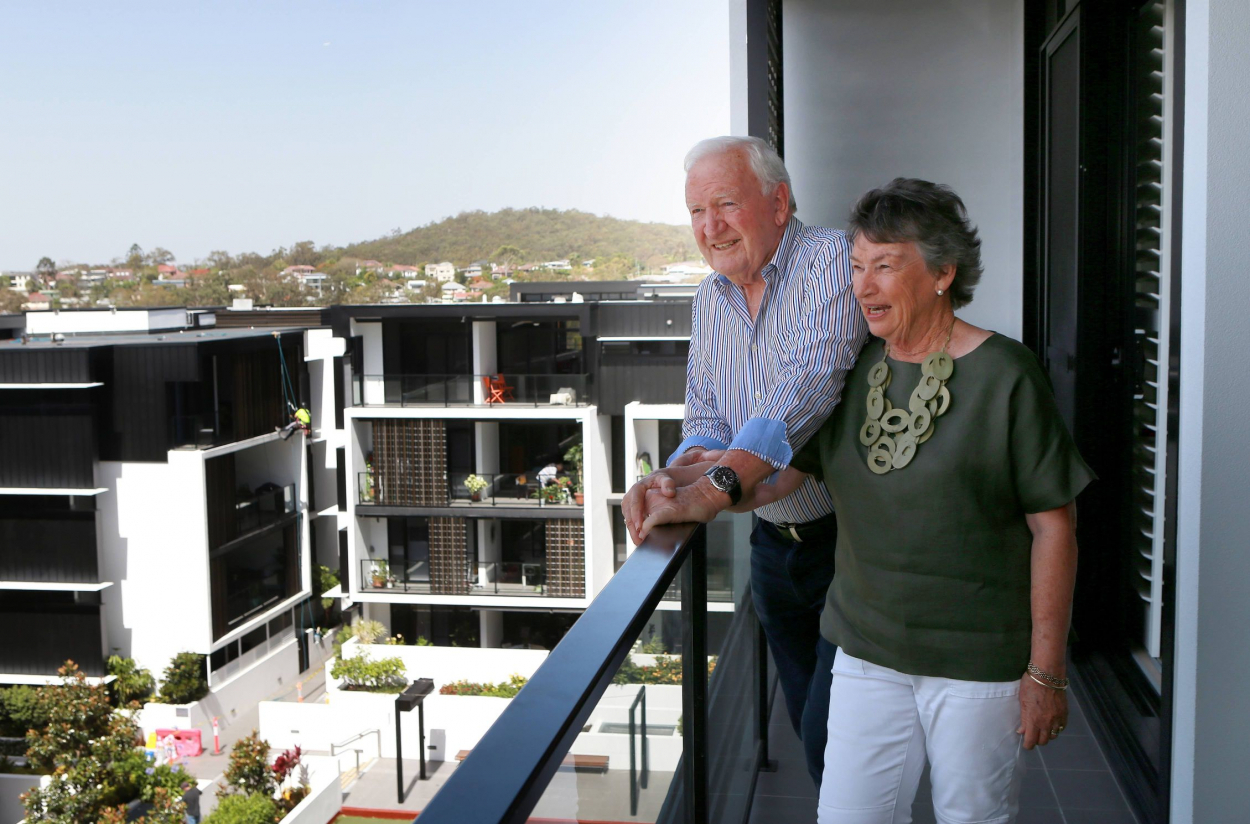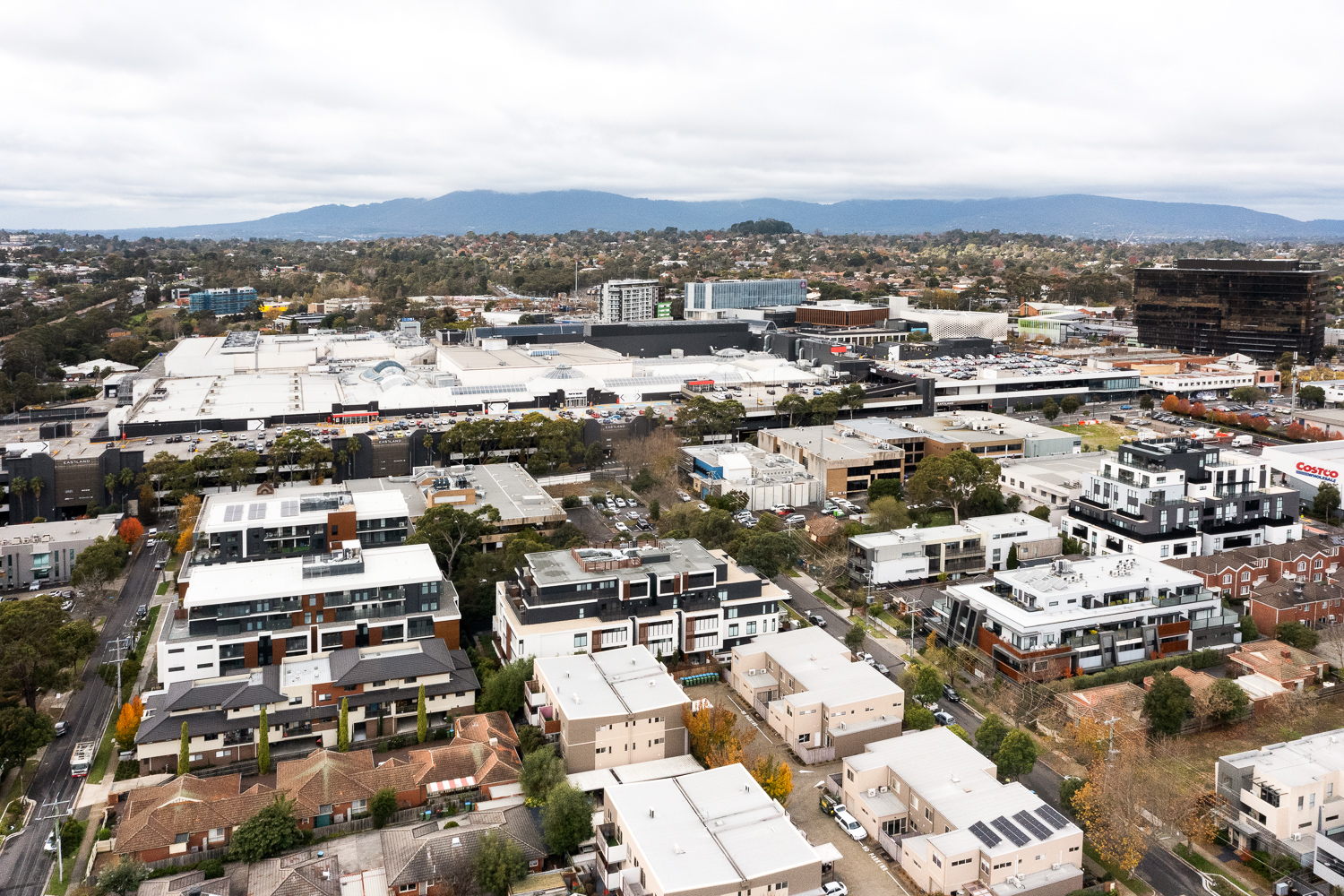Where Do Most Australians Live After Retirement?
Australia’s population is ageing due to increased life expectancy and declining fertility rates. According to data from the AIHW, on 30 June 2020, the number of Australians aged 65 and above was estimated at 4.2 million, accounting for 16% of the total population.
In other words, one in every six Australians is retirees.

This raises the question of how seniors prefer to live in their later years. A survey by The CareSide reveals that nearly 70% of older Australians want to live in a home they own, no matter the type, size or location.
However, not every home is suitable for retirees. Large-sized houses are usually difficult to clean and maintain. Floorplans and interior features commonly prevent seniors from living independently and safely. In fact, they often introduce various risks (falls, trips, etc) to those aged 60+. The renovations or modifications required to resolve the situation may require retirees to draw on their income-producing assets and risk running out of money later in life.
Therefore, not a few retirees choose to move from the house they have occupied for many years to a new home in a purpose-built senior living community after retirement. By doing this, they not only enjoy a wonderful lifestyle with many practical benefits but can also continue to access the Home Care Packages Program provided by the government.

Senior living options in Australia come in three broad categories: retirement villages, assisted living apartments (AIA), and independent living apartments (ILA). All three options allow retirees to remain independent and retain a sense of community. The design and facilities of such projects also fully consider the needs and lifestyle of the elderly in a way that prioritizes their health and safety. But how to choose the best fit? Here are key differences that every retiree needs to know.
• RETIREMENT VILLAGES
In retirement villages, seniors can enjoy privacy and an independent lifestyle but in a village setting, which offers them numerous benefits including housing diversity, on-site facilities and services, and the opportunity to meet their peers.
However, there are potential drawbacks. Not all retirement villages are in an optimal location, and they may have outdated interiors. Furthermore, they may operate under restrictive or excessive rules, and neighbourhoods may lack diversity and generational mix.


• ASSISTED & INDEPENDENT LIVING APARTMENTS
Retirement apartments draw on the concept of villages, but in terms of site location, plan, and interior design, they are more suitable for the lifestyle of the modern elderly generation.
In the next blog article, we will detail the characteristics, differences, respective advantages, and market status of assisted and independent living apartments, so stay tuned.

Orion is Stepping into a New Chapter.
At Orion, we’ve never slowed our pace in industry exploration. We’ve laid out the future with a forward-looking vision, and stepped into more diversified market fields to promote the company’s long-term development.
Australia continues to encounter an ageing population with increased life expectancy, which drives strong demand for retirement living properties in Australian markets. However, the provision of quality retirement living properties is not keeping up with demand in the medium term due to the impact of Covid-19. This reduces the options for the retirees who wish to improve their standard of living.
In response to the forecast shortfall, Orion’s next strategic goal is to find an inroad into the retirement living market to help address the shortage. The prominent 2,378 square metre site in Ringwood supports our vision – set to become home to Orion’s first landmark retirement living project.
